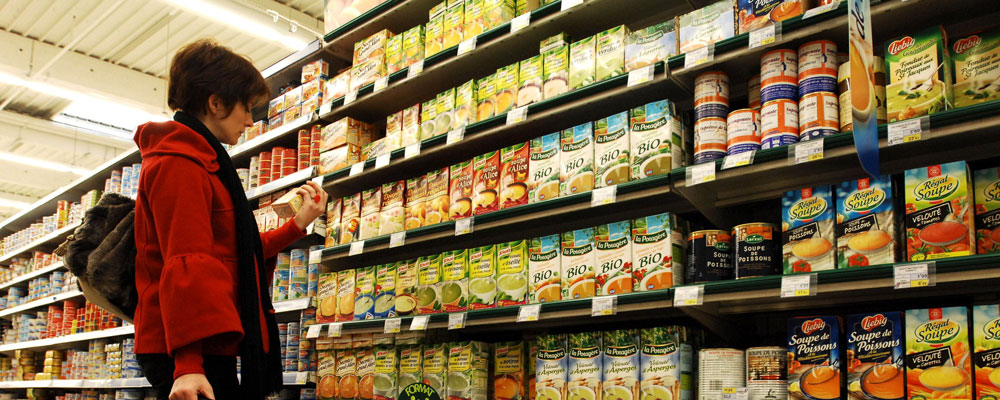Inflation has reshaped the American shopping landscape, prompting consumers to push back against soaring prices and redefine their purchasing habits. Fed up with costs remaining about 19% above pre-pandemic levels, shoppers are employing savvy strategies to navigate this economic challenge.
Grocery stores, once dominated by name brands, are witnessing a shift towards store label products as consumers seek more affordable options. From swapping gourmet treats for essentials to opting for discount stores, Americans are reevaluating their spending choices in the face of relentless price hikes.
This consumer resistance isn’t confined to groceries, it extends to big ticket purchases like cars. Increasingly, consumers are opting for used vehicles over new ones, pressuring dealers to offer discounts on new car purchases once again. However, the most significant pushback against what critics decry as price gouging is evident in everyday essentials like paper towels and napkins.
Large food companies, reacting to consumer dissatisfaction, are slowing their price increases, offering a glimmer of hope for moderating overall inflationary pressures. While grocery prices may not revert entirely to pre pandemic levels, the easing of price hikes signifies a welcome relief for cash strapped consumers.
Public discontent over high prices has become a central issue in President Joe Biden’s re-election campaign. Despite a marked decline in inflation, consumers remain disgruntled over persistently high prices, underscoring the urgency for solutions to curb rampant inflation.
The Biden administration has echoed the concerns of left leaning economists, lambasting corporations for unjustifiable price hikes and deceptive practices like “shrinkflation.” By denouncing such practices, the administration aims to shield consumers from exploitation and foster fair pricing practices across industries.
Consumer resistance holds the promise of further easing inflationary pressures, distinguishing this inflationary episode from the protracted price spikes of past decades. Rather than succumbing to an inflationary psychology of acceptance, consumers are taking a stand against exorbitant prices, reshaping market dynamics through their purchasing power.
Stuart Dryden, a consumer in Arlington, Virginia, exemplifies this trend. Dryden, frustrated with price disparities between name brand and store label products, has embraced store label alternatives for everyday items like cream cheese and ketchup, citing significant cost savings without compromising quality.
The response from corporations has been mixed. While some companies have opted to absorb higher costs to retain market share, others have faced declining sales as consumers increasingly opt for cheaper alternatives. The realization that consumers are no longer willing to bear inflated prices has prompted a shift in corporate pricing strategies towards more consumer friendly approaches.
The Federal Reserve acknowledges the pivotal role of consumer behavior in shaping inflation dynamics. As consumers become more price sensitive, firms are compelled to temper price increases, aligning with the Fed’s objectives of achieving stable inflation rates. The symbiotic relationship between consumer behavior and economic policy underscores the influential role consumers play in steering economic outcomes.
In conclusion, the consumer revolution against high prices represents a turning point in the fight against inflation. By wielding their purchasing power and demanding fair pricing, American consumers are reshaping the economic landscape and driving positive change. As we navigate these challenging times, consumer advocacy remains a potent force for fostering a more equitable and sustainable economy.

